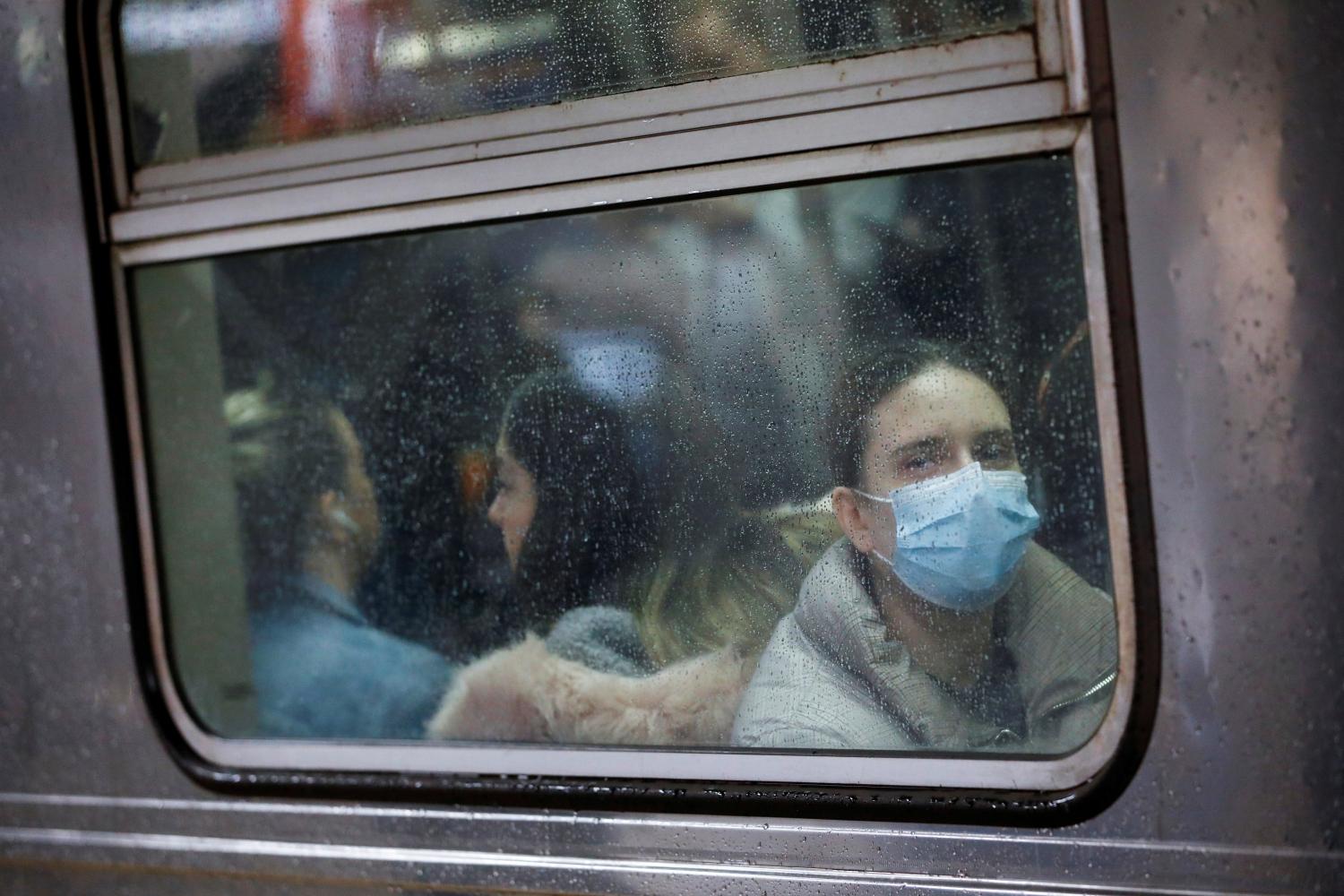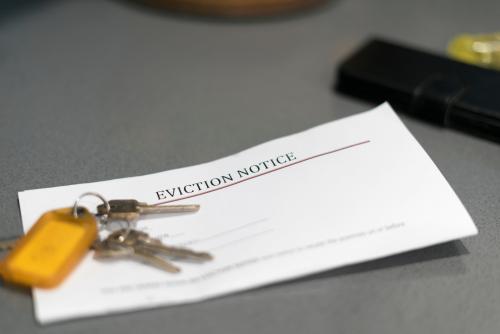On February 10, the Pandemic Recovery Accountability Committee (PRAC) convened a virtual listening session to hear expert remarks on the effectiveness of housing interventions over the past year. This blogpost summarizes remarks made by Jenny Schuetz. Full video of the session can be viewed here.
Housing insecurity was a widespread problem among low-income renters well before the COVID-19 pandemic. As of 2019, more than 10 million households spent over half their income on rent. Today, households earning less than $30,000 per year are experiencing the highest rates of job loss and the slowest recovery, while low-income, Black, and Latino or Hispanic workers are hit particularly hard. Millions of families have fallen behind on their rent, accumulating debts they cannot pay. Others have had to double-up with family and friends, living in crowded homes that increase health risks.
Since the start of the pandemic, federal, state, and local governments have provided support for low-income households through three channels. First, the federal CARES Act provided direct financial support to households through expanded unemployment insurance (UI) and stimulus checks. Second, the act allocated funds to state and local governments for rent relief programs. Third, the Centers for Disease Control and Prevention imposed a temporary moratorium on evictions.
Nearly one year after the pandemic began, it is useful to reflect on how effective these interventions have been, what challenges remain, and what lessons can be drawn for future policies.
Lesson #1: Give people money
Direct financial assistance was highly effective at helping people stay in their homes as the economic crisis took root. Many households reported using stimulus checks or expanded UI payments to pay their rent or mortgage. Anecdotally, some landlords reported that tenants receiving expanded UI benefits during the spring and summer were pre-paying rent, as a hedge against income uncertainty in future months.
Helping people stay current on rent is much better for households and more cost-effective than trying to catch up once they fall behind. Once people become delinquent on rent, they are more likely to experience displacement, and rehousing people after they become homeless is more difficult and expensive than simply keeping them housed initially. Missed rent payments also have downstream economic impacts: Landlords rely on timely rent to pay their mortgages and property taxes, as well as wages for maintenance and housekeeping staff.
The other two measures aimed at protecting renters—rent relief and the eviction moratorium—were implemented in widely different ways by state and local governments across the country, making an overall assessment of their effectiveness more difficult.
Lesson #2: Keep things simple and accessible
Several pandemic relief programs have suffered from too much complexity and systems that are hard for households and government staff to navigate. For example, state and local governments set up online application systems to request emergency rent relief, designed to reduce health risks from in-person applications. But that creates an additional burden for low-income households, many of whom do not have reliable internet access.
Additionally, to receive these benefits, households have to provide extensive documentation of multiple eligibility criteria, including income losses, amount of rent owed, and in some cases, landlords’ willingness to participate in the program. Complex application processes not only create large paperwork burdens for applicants, but they also require local governments to devote more staff resources to verifying eligibility.
Providing necessary documentation is especially difficult for renters who fall outside formal housing markets. Instead of signing leases in professionally managed apartments, a substantial number of low-income renters live in informal housing arrangements, such as renting a basement (without a lease) in someone’s private home. Especially in high-cost markets, households will double-up with family and friends as unofficial subletters, often exceeding the lease capacity. Informal renters are among the most economically vulnerable households, yet were largely excluded from federal assistance.
Lesson #3: Don’t turn off the money printer too quickly
The pandemic has created deep and lasting harm to the financial well-being of low- and moderate-income households. To stay in their homes, low-income renters have spent down what savings they had, in many cases taking on credit card or other short-term debt. Roughly 9 million renters have fallen behind on rent, with debts averaging $5,400 per household. Households with an eviction filing on their record often struggle to find landlords willing to rent to them, even once they are re-employed.
These financial hardships have consequences for the U.S. economy and for local communities across the country. As we saw following the Great Recession, weak household balance sheets create a drag on economic recovery. Families who have spent down their savings and accumulated debt have fewer resources to spend at local businesses. Lost savings means lost opportunities for future investments such as going back to school, starting a business, or buying a home. State and local governments, too, are facing tight budget constraints while demand for public services is increasing.
The money distributed in last March’s CARES Act and the December supplement is not enough to meet these demands. Ongoing federal assistance is needed to support families and local communities until the public health emergency is over and the economy returns to full employment.
Lesson #4: Better data enables better policies
The pandemic has led to a great deal of policy experimentation from local governments and nonprofits. The variety of these on-the-ground efforts could provide valuable insights into what works and what doesn’t, or what strategies are effective in different kinds of housing markets—if the right data is available. The Department of Housing and Urban Development should take a more active role in encouraging local governments to track how programs are working in the short term and conduct rigorous program evaluation when the crisis has passed.
The pandemic has also highlighted a critical data gap from federal statistical agencies on housing stability and affordability, especially for low-income households. Most real-time housing data focuses on the owner-occupied housing market. But in the current “K-shaped” recovery, sales prices of owner-occupied homes do not provide much insight into low-income renters’ housing stress.
Fortunately, the Biden administration is setting up an Equitable Data Working Group to ensure that federal agencies can accurately assess racial disparities in household well-being. Including metrics of housing distress for both renters and owners should be a priority for this effort.
A patchwork of temporary policies is no substitute for a permanent social safety net
Direct financial support to households, rent relief, and the eviction moratorium have all played important roles in mitigating the pandemic’s impacts on low-income people and families. But they are a far cry from providing a comprehensive safety net.
As the nation’s economy begins to recover, Congress and the Biden administration should take steps to provide better long-term support for renters, such as expanding housing vouchers and encouraging more development of moderately priced rental housing.
The Brookings Institution is committed to quality, independence, and impact.
We are supported by a diverse array of funders. In line with our values and policies, each Brookings publication represents the sole views of its author(s).







Commentary
Four lessons from a year of pandemic housing policies
March 3, 2021